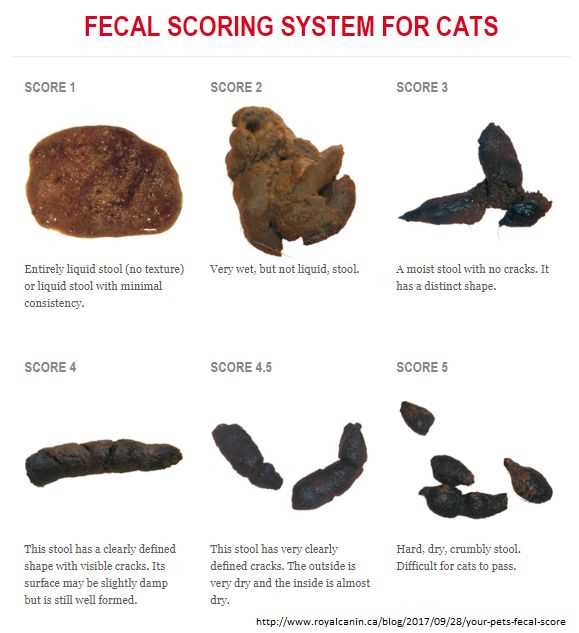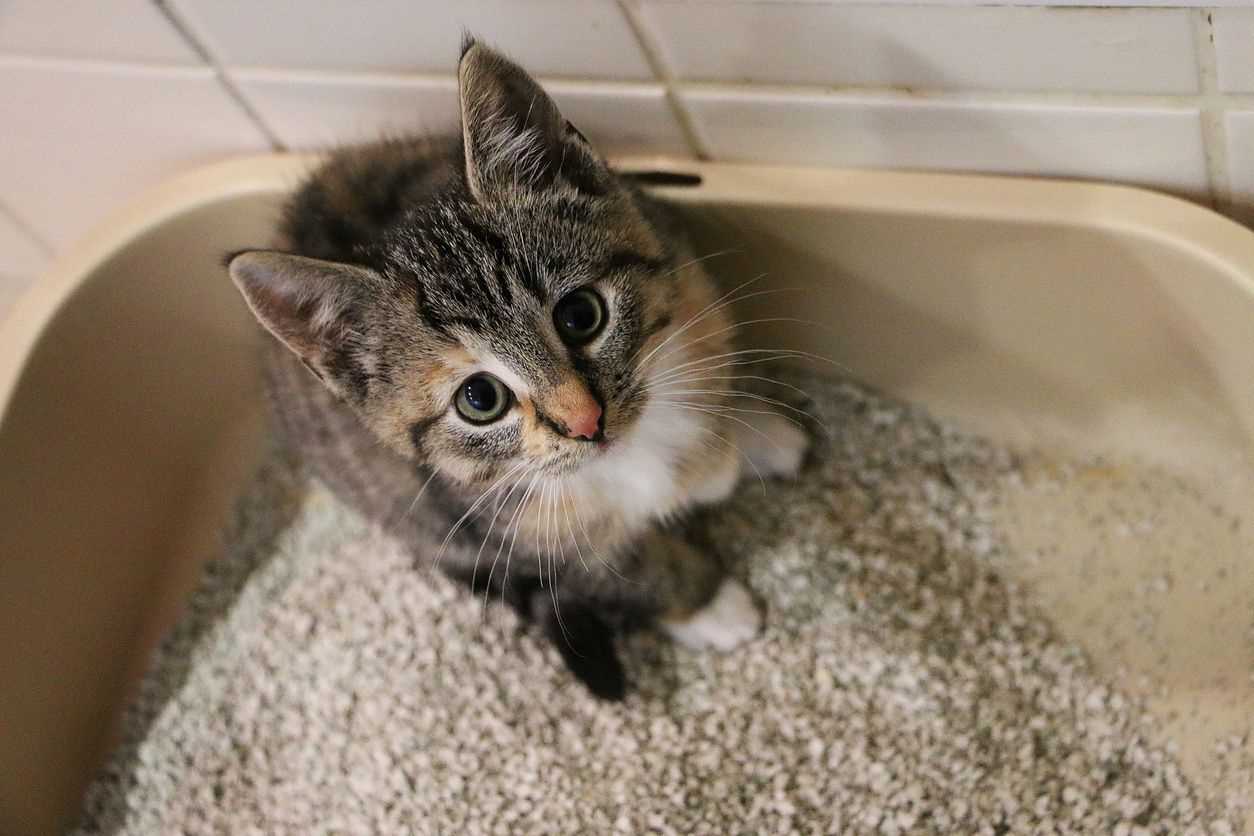When I notice my litter box has an unusual dark coloration, the first step is to examine my diet. A sudden change in food or the addition of certain supplements can lead to discoloration. If I’ve recently switched to a new brand or flavor, it might be the culprit. Keeping track of my meals can help pinpoint the cause.
Next, hydration plays a significant role. If I’m not drinking enough water, it can cause my digestive system to react, affecting the color of my waste. Ensuring I have access to fresh, clean water at all times is key. If my hydration levels are low, I might need to encourage drinking by offering wet food or even adding water to my kibble.
Pay attention to any accompanying symptoms. If I’m experiencing discomfort, lethargy, or changes in appetite, it’s crucial to inform my human. Such signs could indicate underlying health issues that require a vet’s expertise. Regular check-ups are essential for maintaining overall well-being.
Lastly, certain medications or health conditions can alter stool appearance. If I’m on any treatments, it’s wise to consult with a veterinarian regarding possible side effects. Keeping an open line of communication with my human about any changes I experience ensures that I get the best possible care.
Addressing Dark Stools in Felines
Consult a veterinarian immediately if you notice unusual coloring in your litter box. Dark stools may indicate internal bleeding or other health issues that require professional assessment.
Dietary Adjustments
Incorporate high-quality, easily digestible food into the diet to improve gastrointestinal health. Look for options rich in fiber and low in fillers. Gradually transition to new food over several days to avoid digestive upset.
Hydration Matters
Ensure fresh water is always available. Dehydration can exacerbate digestive problems. Encourage water intake by providing a cat water fountain or adding water to dry kibble.
Monitor behavior closely. Any signs of lethargy, vomiting, or changes in appetite need immediate veterinary attention. Regular check-ups help catch issues early.
Identifying the Causes of Dark Stools in Felines
First, if you notice unusual coloration in your companion’s waste, it’s critical to assess their diet. Consumption of certain foods, especially those high in iron or other supplements, can lead to darker feces. Additionally, investigate recent dietary changes; introducing new ingredients can disrupt digestion.
Health Issues to Consider
Gastrointestinal bleeding is a serious concern and often results in dark, tarry stools. This can stem from ulcers, tumors, or parasites. Monitor for other symptoms like vomiting, lethargy, or changes in appetite. If any of these signs appear, consult a veterinarian immediately.
Environmental Factors
Stress from changes in the environment can affect digestive health. New pets, relocation, or alterations in routine might lead to gastrointestinal disturbances. Ensure your furry friend has a calm space to relax. For more inspiration on creating a cozy environment, check out this how to cook italian meatballs skillet recipe to treat them after a stressful day.
When to Consult a Veterinarian for Dark Stools
If my stool appears dark and tarry, immediate veterinary consultation is warranted. This can indicate serious health issues, such as internal bleeding or gastrointestinal disorders.
Signs Indicating Urgent Care
Pay attention to the following symptoms:
| Symptom | Action |
|---|---|
| Vomiting | Seek veterinary help immediately |
| Diarrhea | Contact a vet if it persists |
| Lethargy | Schedule a veterinary visit |
| Loss of appetite | Consult a veterinarian right away |
| Abdominal pain | Urgent veterinary care needed |
Risk Factors to Monitor
Consider any recent dietary changes or new medications. If you’ve introduced new food, such as best wet food for sphynx cats, monitor for adverse reactions. If symptoms worsen or new ones arise, don’t hesitate to seek professional advice.
Home Remedies for Managing Dark Stool in Felines
In my experience, a few natural solutions can help address unusual stool colors. Here are some that have worked for me:
- Hydration: Always ensure access to fresh water. Staying hydrated aids digestion and can improve stool consistency.
- Dietary Adjustments: Incorporate easily digestible foods. Plain boiled chicken or rice can help settle the stomach.
- Pumpkin Puree: Adding a small amount of pure pumpkin (not the spiced pie filling) to meals can promote healthy digestion.
- Probiotics: Introduce a feline-specific probiotic to support gut health. This can balance intestinal flora.
- Monitor Treats: Be cautious with treats. Some may not agree with your system and can cause digestive issues.
- Regular Feeding Schedule: Maintain a consistent feeding routine. This helps regulate digestive processes.
Always observe how these changes affect your condition. If things don’t improve, it’s wise to reach out to a vet for further guidance.
Dietary Changes to Improve Stool Color

Switching to high-quality, grain-free food can significantly impact stool appearance. Look for options rich in protein, such as chicken, turkey, or fish, and avoid fillers like corn and soy.
Incorporating Fiber
Adding fiber to my meals helps regulate digestion. Consider pumpkin puree or psyllium husk as supplements. These natural sources can promote healthier stool consistency and color.
Hydration Matters
Encouraging water intake is crucial. Wet food can be a great addition to my diet, enhancing hydration and possibly improving the overall quality of my bowel movements.
Monitoring Your Feline’s Health After Treatment

Regular observation is key to ensure my well-being post-therapy. I recommend checking for any changes in my habits or physical condition.
- Stool Consistency: Monitor for normality in appearance and texture. Any deviations should be noted.
- Appetite Tracking: Keep an eye on how much I eat each day. A significant increase or decrease can indicate underlying issues.
- Behavioral Changes: Watch for any signs of lethargy, aggression, or hiding. These can signal discomfort or distress.
Daily assessments can help catch potential problems early. A journal might be useful to record observations over time.
Signs of Improvement
- Increased energy levels.
- Return to usual playful behavior.
- Stool returning to a healthy color and consistency.
When to Seek Further Assistance
If any of the following occur, it may be time to reach out for expert help:
- Persistent changes in eating or drinking habits.
- Ongoing gastrointestinal issues.
- Visible discomfort or pain, such as difficulty moving or grooming.
Maintaining a close watch on my health makes a big difference. Consistent monitoring allows for timely interventions if something seems off.






